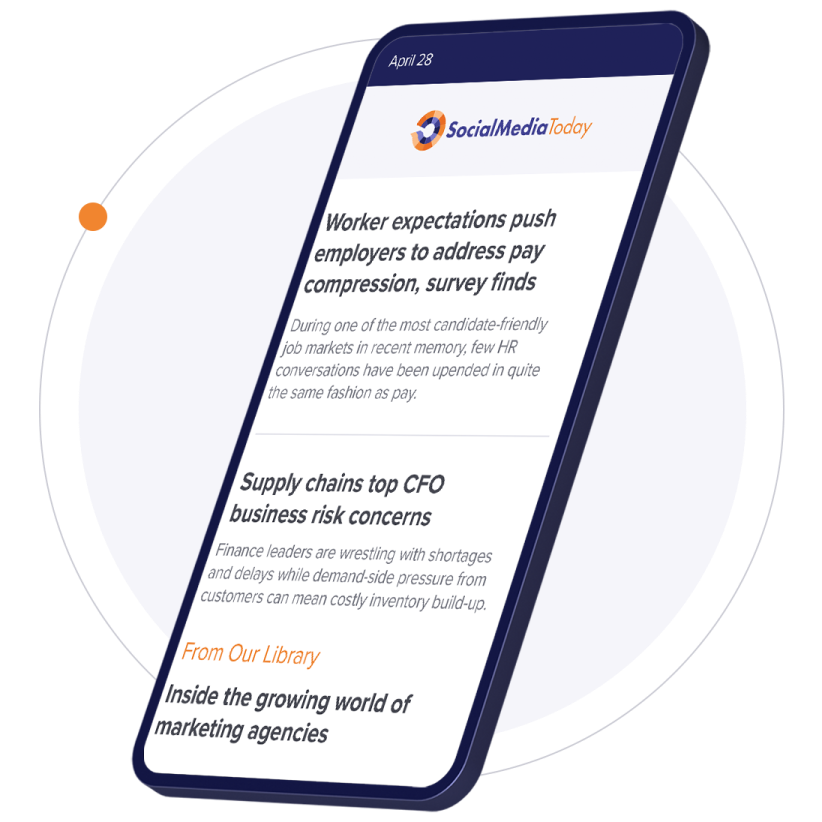Teaching
and educating customers is no longer enough, giving them information
about your products or services is no longer necessary. They can get
them by themselves, without ever talking to you or your company, and
know more about your product and positioning on the market then you.
If
they know so much about you, how can you try to sell them the same
product without knowing their business situation or their needs?
Remember that customers are sophisticated;
they either have or believe they can get product information more
reliably on their own. Information is readily available through many
different sources, 24 hours a day, 7 days a week. Internet is full of
different forums, blogs, and review or research websites where they can
get information about your product easily.
Customers don't just
want a specific product; most of the times they want to solve their
pain point or business issues. A customer in today's competitive sales
environment does not expect to educate the sales professional about
their business. Therefore, you must already possess a solid
understanding of the customer's industry, competitors, and business
direction.
Developing such a comprehensive view of the customer
is a task that requires extensive researching and education to get an
overall picture of the customer's business industry. The modern sales
person needs to focus on understanding the customer's business
initiatives, strategic plans, IT environment, and key customer
preferences.
If you are still seeing yourself as someone who is
there to educate customers, you are living in the past. The time of
product-centric sales is gone. Welcome to customer-centric approach in
sales.
You need to move away from the focus on presenting your
products. Instead a customer-centric approach shows that you recognize
and understand your customers' needs, which is necessary if you want to
survive in a 21st Century sales environment.
Your customers are
tired of salespeople who come in and are unable to address real
business needs, but talk about their company and the hottest feature,
or unique one that nobody else has. There are many dimensions that you
are selling, and price is only one of them.
How to win the deal and not even touch the topic of discounting of your product or service?
If
you base your offer on your price only, there is a good chance that
someone will have lower price than you, or you can end up in the
bidding war that distracts from solutions. To avoid that, base your
proposal in achieving more goals for your prospects, not just to save
money, because every other salesperson will say exactly the same.
Customer
wants to see the value not in your product; he wants to get the value
from your solution to their business problem. They must perceive unique
value from you. If they cannot differentiate you from the competition,
there is no reason to buy from you.
Probably you can't
differentiate much with your product, I am sure you have some unique
features, but your competition has them too. Customers today can easily
substitute your product with the one from your competition and still be
satisfied.
So how can you differentiate?
That's where trigger events are coming to the game.
Trigger events
can help you with recognizing needs and opening the door to have a
meaningful conversation with customers who have events happening. Just
to be different from the competition is not really important to your
customers. What they would like to see is added value.
What creates customer value?
- Skilled sales force
- Sales process itself
- Understanding their business situation today and adapting to their particular wants and needs
If
you recognize customers' needs and create the value for them, customers
will move from initial meeting to a decision much easier. Communicating
the value is a traditional view of selling, but in today's world you
can't survive if you are not creating the value for the customer. And
make customer realize that they are on the market.
Sales person
needs to play a leading role to create the value for his customers. In
each step of sales process sales person can create the value, but the
most value can be created early in the process by helping customers to
define their needs.
This is true especially in consultative
sales where sales person can create the value recognizing customer
needs with trigger events and helping them to define them better and
deeper. Sales professional needs to create the specialized situation
and put them on the market even they didn't felt like that before he
entered the picture.
If you are just selling your product - you are missing the point and you will die by price, as you lived by price.
Customers are looking beyond the product; they are looking for the
solution to their needs and your understanding of their business
situation. Many times that should include help and advice too.
Different
customers must be treated differently, what works for one customer may
not work at all for another. Knowing about trigger events happening to
your targeted prospect (and more different events is always better) you
will have a very powerful tool to adjust your sales presentation to
their needs, recovered with trigger events.
Concentrate on
understanding your customers' business issues, and show them how to
solve more than one goal with your product, create a value for them and
you will go home with the contract in your pocket, whatever the price
is.
Let me repeat it here once more - if you don't show the value you will definitely not win whatever your price is.
Even if you have a lowest price on the market, it does not mean much to
the prospect, because they don't see the difference between your
product and ones from the competition. And many buyers are buying from
someone who had crafted a compelling solution to their needs, then
comes understanding of their needs, and after that the financial part
of the deal.
Your goal as sales professional is to create value through how you're selling, not just through what you're selling. To
be a real sales professional ready for 21st century customers, here is
no question you need to change your approach, but when and how?
Read more about Seliing in 21st Century and about trigger events (where to find them and how to use them) in my book "Trigger Events - How to Find Your Next Customer".





